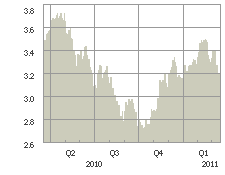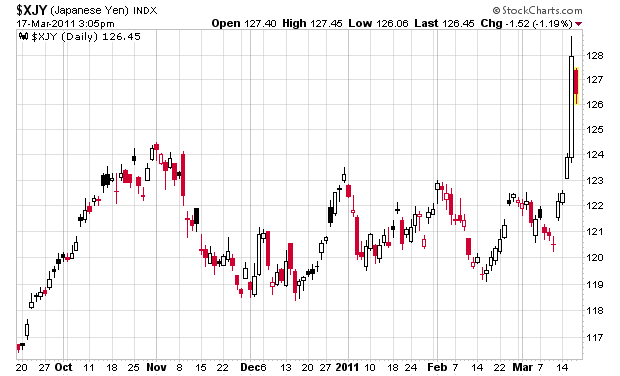I noticed with amusement (courtesy of MaoXian‘s links) of some commodity trading company advertising the fact that they have cots in their offices, just in case if the market has a meltdown while sleeping – presumably they will be there to liquidate their risk.
Just in case if the link becomes broken, I will post the images:


I note with curiousity that this person’s desk has five screens, plus one screen on a notebook, plus huge billboards with coloured text display. There is enough room on the wall for a static painting depicting a trading pit. Other images of desks of “stereotypical traders”, especially those working at home, seem to concentrate on having as many flat panel displays as possible, presumably to alleviate themselves from having to get enough sunshine for the day because they can glow with the light from their screens.
I don’t know how such a setup actually improves decision-making ability. Throughout my life, I have made most of my investing decisions sitting in front of my “trusty laptop”, which has evolved from a 15.4″ screen to a 17″ screen. Most of the trades I create are done in the late evening, and I most often get up later than the 6:30am Pacific Time market opening to see what happened. My style is significantly different than trader-types: I don’t really care about the intraday charts of stocks other than just as a curiousity. I also do not sleep with my computer.
Obviously it would be stupid to be a chart-trader working off of a 10″ netbook, but there has to be a point of diminishing return before there is just simply too much screen real estate in front of you and your actual decision-making ability becomes blurred with all the junk that is presented in front of you.
There is a quote on the commodity trader’s website:
Last Friday when corn made a limit move before the sun had come up and most brokers had brewed their first pot of coffee, an entire world of million-dollar opportunities came and went. For this very reason, we’re seeing a dynamic shift in the names and faces that are most successfully monetizing these markets. And it’s tremendously gratifying to see hard workers rewarded for their efforts across a more level than ever playing field.
Making the most money you possibly can from these markets, indeed, requires a whole new level of dedication. And given the great many friends and acquaintances I’ve made after-hours on Twitter, I realize that a lot of traders are quickly discovering this reality. And they’re cashing in on it every day. Along the way, they’re lending credence to the famous quote from Elbert Hubbard: “Folks who never do any more than they get paid for, never get paid for any more than they do.”
This might be true, but do you really want your portfolio manager to wake up to an alarm generated by the computer and then having to make a snap trading decision while you’re still shaking off the cobwebs from REM sleep? For some it might work, but for me, I prefer less dramatic techniques to extract money out of the marketplace.





